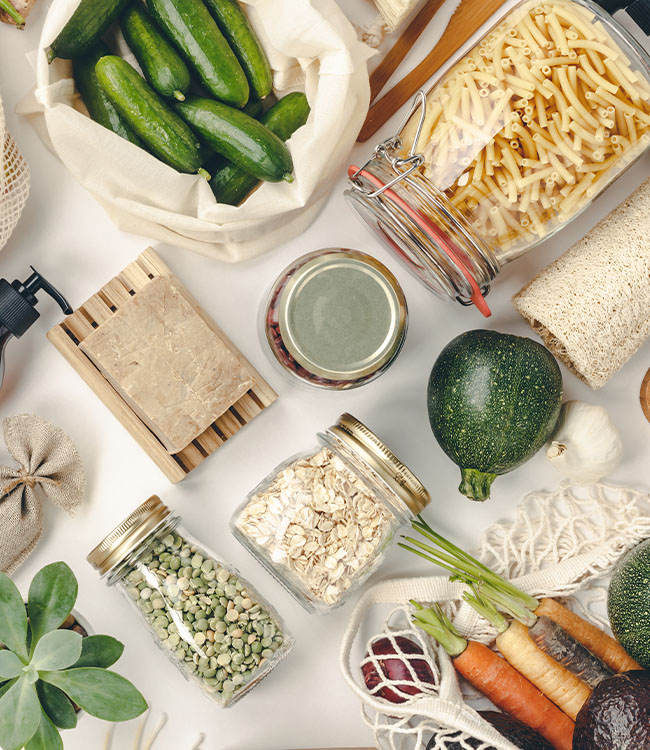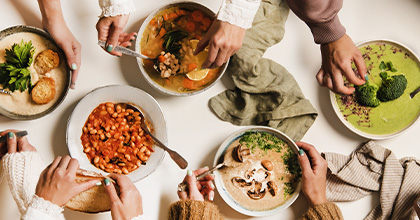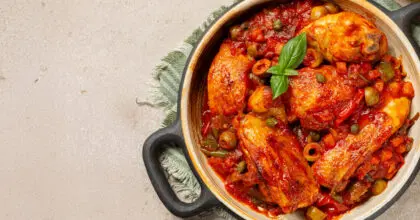Millennials are driving the cold coffee revolution in the US. Cold coffee has proven to be an effective way to convert younger drinkers – for whom the taste of coffee is often too bitter – into the category.
This is especially so in the US, where Millennials have grown up under the influence of coffee shops such as Starbucks and Dunkin’ Donuts which have heavily pushed the cold-serve, be it coffee with ice or frozen blended Frappuccino’s. And US restaurants have copied the coffee house cold coffee trend: in 2009, just 18% of coffee items on restaurant menus were cold-serve, jumping to nearly a quarter in 2015.
66% of US Millennials drink iced coffee compared to 34% of GenX
When stacking up Millennials with their generational counterparts we find that well over half drink cold lattes, according to Mintel’s coffee tracker, in contrast to one in five Gen-Xers and a mere one in 10 Baby Boomers. Furthermore, almost twice as many US Millennials drink iced coffee as do Gen-Xers.
While Millennials’ iced coffee consumption continues to rise, it has not stopped them from also drinking hot coffee – only the Swing Generation/World War II generation drink as much hot coffee as Millennials. However, Millennials seek to customize coffee to the context, which usually means cold coffee in the summer months and hot coffee when winter takes hold.
Cold coffee goes more gourmet
Another feature of Millennial coffee drinking behavior is their love of artisanal or “fourth wave” coffee. This is especially the case for 25-34 year-old urban-dwelling men, who are much more likely than average to pay more for single-source coffee or tea beverages in foodservice destinations, according to Mintel research.
However, while Millennials seek more gourmet-style coffee, this has been executed far more in hot coffee than cold. Until recently, iced coffee in the US was dominated by coffee that was brewed hot and then served over ice. This usually means a bitter-flavored coffee, hence the need for plenty of cream and/or milk, flavorings and sugar to disguise the taste ― but at the expense of the calorie content.
This is why cold brew has such potential. It deliberately does not use heat so that it does not extract some of the acidic and bitter chemical compounds released when brewing at a higher temperature. Cold brew adherents also claim that the format releases more of the nuanced coffee bean flavors, meaning that it premiumizes the whole cold coffee experience.
Cold brew has now gained mainstream awareness in America following its inclusion on menus at Peet’s and Starbucks, and an overwhelming majority of American coffee/tea drinkers are now aware of cold brew. However, there are a number of coffee professionals in America who believe that cold brew “dumbs down” cold coffee: because many of its more aromatic and complex ingredients are only released when coffee is brewed at hot temperatures, cold brew coffee lacks the nuance of a hot cup and strips out some of the taste character.
The perfect cup of cold coffee?
A proposed solution for those who do not subscribe to cold brew’s taste benefits is Japanese flash iced coffee. This technique was developed in Japan, but is starting to gain traction among American coffee connoisseurs. Japanese flash iced coffee involves use of the pour over coffee technique recently popularized in artisanal US coffee shops. Using special apparatus, hot water is poured over freshly ground coffee beans, with the liquid filtered directly onto ice cubes. The use of heat extracts the full complexity of flavor, while freezing the liquid straight away means the ice locks in the flavor.
Philadelphia Coffee Roaster La Colombe is also seeking to perfect the iced latte – currently just espresso poured with unsteamed milk over ice – which lacks the frothy and silky texture that elevates a hot latte to a specialty coffee. To solve this problem, La Colombe created a mixture of nitrous oxide (used on cold brew to make nitro coffee) with fresh whole milk and cold-pressed espresso in a keg. The result is a frothy latte pour which is then served over a quarter glass of ice.
In March 2016, La Colombe introduced its “draft latte” in what it dubs the “InnoValve” can. The can uses patent-pending technology to inject liquid gas through a valve at the bottom and expands when the can is opened.
What we think
It’s undeniable that cold coffee is a great way to attract young consumers to the category. However, much of cold-serve coffee is still quite basic, and there remains a gap in the market for more refined, specialty cold-serve options, especially given the fact that Millennials are very drawn to artisanal, “third wave” coffee. We see the biggest segment opportunities for iced coffee in cold brew, Japanese flash iced coffee, Nitro cold brew and “draft lattes,” as brewers attempt to solve lingering issues of nuanced taste character.
Jonny Forsyth, Global Drinks Analyst, is responsible for researching and writing all of Mintel’s UK drinks reports. He brings ten years of experience working in the marketing industry, with roles at Starcom Mediavest, AB-Inbev, and Trinity Mirror. He is a regular contributor in global and national media outlets such as BBC, CNBC and Bloomberg.

































